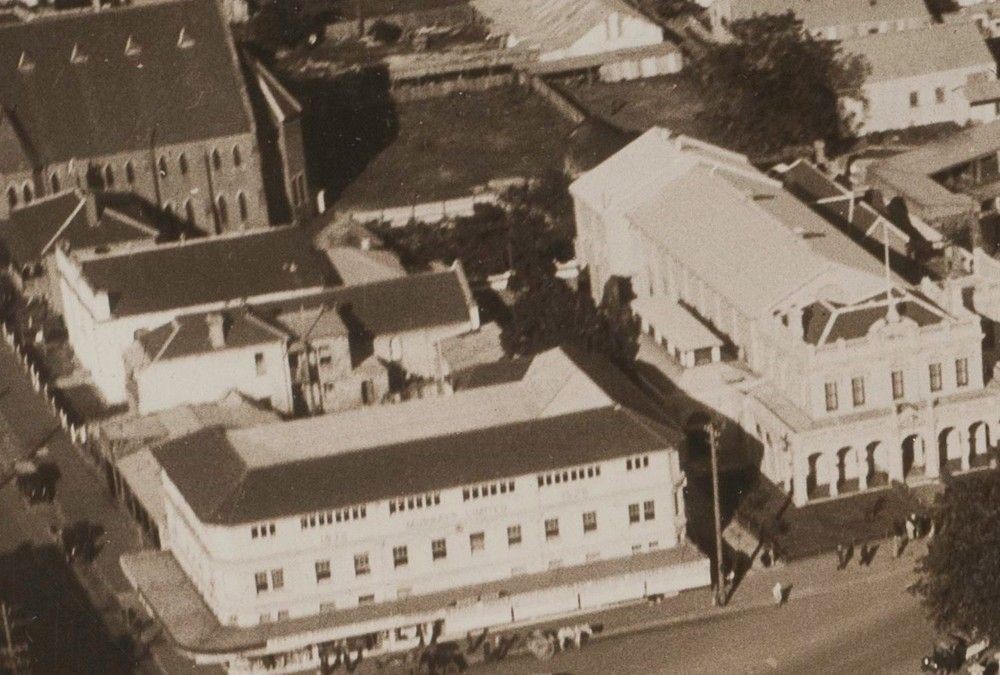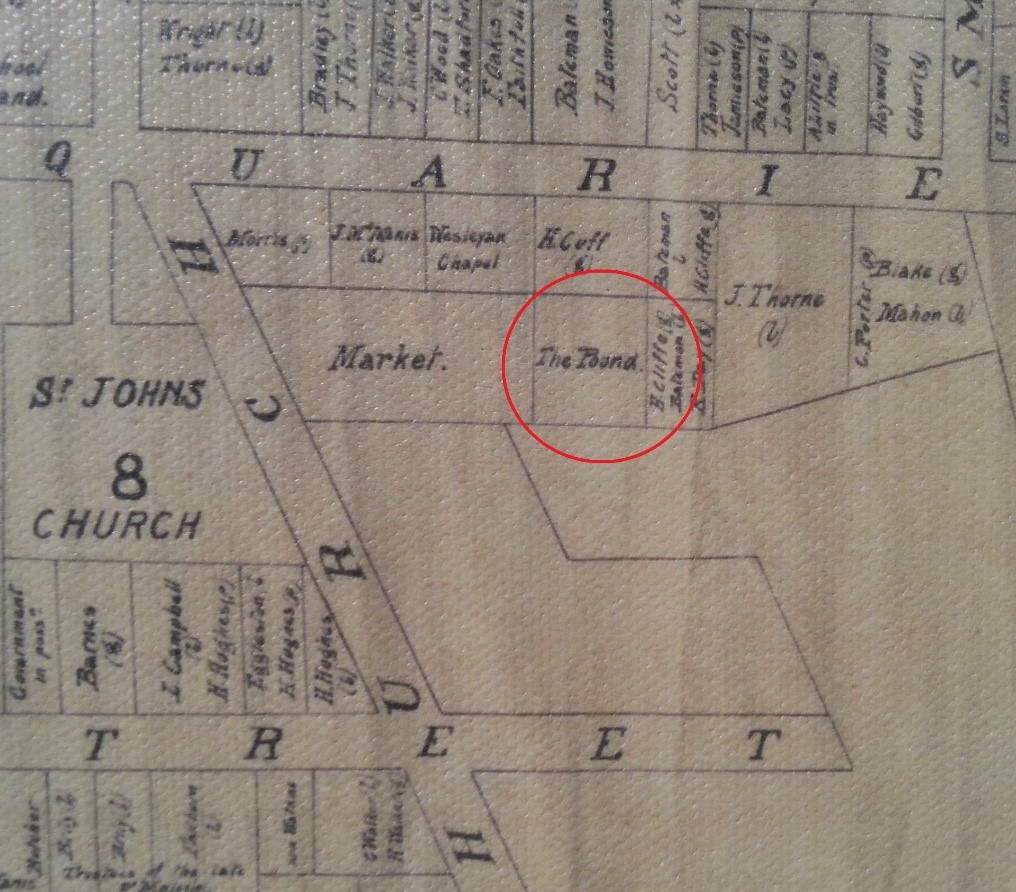Set for completion in September 2022, PHIVE (previously known as 5 Parramatta Square) will incorporate:
A world-class public library at the forefront of technology, offering an extensive book collection, digital resources, 24/7 book return facility, study areas, and a permanent home City of Parramatta Library.
The building will also include a Discovery Centre and cultural heritage spaces, that will include interactive displays, exhibitions, and a Aboriginal Keeping Place for local Indigenous objects. There will also be a Research Lab and services that give access to the Council’s cultural heritage collection, cultural programs as well as specialised library services.
The foyer will be a vibrant area with a concierge, visitor services, Council customer services and a café, as well as spaces for live performances and cultural activities.
The new City of Parramatta Council Chambers will also be housed at number 5.
The 5 Parramatta Square building is being built to meet a 5 star Green rating, as with the whole of the Parramatta Square
History of the Site
The site of 5 Parramatta Square and what will be the new Parramatta Library has a long history. A history connected to the growth of Parramatta as a city and a community.

The land which 5 Parramatta Square is being built on is behind the Town Hall. The area has been used for a variety of things over the years as well as having an extended period of disuse.
In the early 1800s it was the open space to the east of St John’s Cathedral, which had been set aside by Governor Phillip and had also been the site of Parramatta’s first fair/market organised by Governor Macquarie. This had been held on 13 January 1813. This area was surrounded by leases which had been issued as early as 1809. At its core was an area of public land which would be used for many years to come. On Thursday, 6 October, 1825, Parramatta held the first of the newly scheduled fairs. Unfortunately it appears it was not quite the event the Agricultural Society had hoped for. One contemporary account describes:
… few ginger bread nut stalls, orange baskets, and sundry lasses with their sweethearts, buying ‘bonny blue ribbons’ and other fairings. Neither cattle nor sheep, nor horses were there….
The markets continued to run into trouble and were met without much enthusiasm.
The October fair in 1827 proved to be as lack lustre as its predecessor. Indeed The Monitor’s correspondent said … there was little worth attention done at the fair.
However there may have been another reason for the poor take-up. These early markets although condoned by the governor were not managed as a proper English town-markets. For this to occur there had to be legislation enacted to ensure they were run properly. This included livestock securely fenced in, fees set, revenue the generated taxed according to the law.
On 31 March, 1832, an Act was passed by the Governor and the Legislative Council of the Colony to institute an ‘Act for regulating the Rates and Tolls or Dues, to be Levied at the Markets of Sydney and Parramatta’.
But there were other problems. By 1839 the market had become a meeting place for rogues and vagabonds, who insulted the passengers who passed through. This eventually forced the Clerk of the Market to close a section of the markets permanently while not in use.
On the 1 June, 1844, amendments made by Sydney Council came into force and set out very clearly the rules and regulations for the Sydney Markets. This included that markets would be open every day of the year (except Sundays, Christmas day and Good Friday), the time they started (5.00 am), when the gates were to shut, and where goods were to be sold.
The Markets stayed in this form up until 1880, by the time the new Town Hall was opened in 1883 the area used by the markets and the pound had fallen into disuse.
The Pound was kept in the area very close to the markets area, this held animals lost and found in the district. It was closed and moved in 1862 for reasons of public health.
According to the mayor:
“much sickness having prevailed in two families in the immediate vicinity of the public pound in the town of Parramatta and medical men having given as their opinion that it arises in a great measure from the collection of filth, and a pool of stagnant water in the pound, immediately in the rear of the two premises, in which low fever develops itself, it is desirable that the attention of this council should be immediately directed to the removal of the pound to some locality in which it will be less likely to become a nuisance.”
The pound land was granted to the Wesleyan Church in 1870 despite Council’s attempt to secure ownership.
The drains running under the site were blamed for illness and fevers due to the noxious odours that rose from them, particularly during the hot summer months.
In an 1891 interview with Mayor Beames the drain at the rear of the Town Hall was described as passing:
“through the Wesleyan Church property and Dr. Johnson’s, and under Macquarie Street to the river. The Mayor was also keen to point out that an outbreak of fever ascribed to the effects of the drain some two or three years previously were not necessarily the case. He also pointed out that the drain actually passed closer to the residence of the Council Clerk, Mr. Wickham and Dr. Johnsons’ than the parsonage and neither of these family’s blamed the drain for illness.”

The plague outbreak in Sydney in 1900 renewed interest in improving sanitary conditions in Parramatta. In April 1900 the Inspector of Nuisances tabled a report which highlighted continuing problems in the district and Alderman Toohey took the opportunity to, … call attention to a nuisance on the market lands, where a tip was being made. The land was clearly seen by some as a dumping ground for waste and the council periodically cleaned this up and had it shipped out of town.
But the Crown land behind the Town Hall continued to remain largely undeveloped, and making the best use of the land around the site of the old pound, and the ongoing drainage problems, were still being discussed in June 1936. This was when a petition was put forward by the Methodist Church to build a tennis court on vacant land at the rear of the building. However according to the Minister Rev J. Somerville:
“a drain over which the proposed court would pass was in a very bad state of repair. At the present time it is unsafe to jump on parts of the drain as there is a great danger of the whole section falling in.”
A major modification to the site was started in 1949, when Council realised the current premises in the Town Hall would no longer be adequate to house the growing staff. As a result plans were developed for a new Council Chambers to be erected on the site of the old pound behind the Town Hall.
This opened in 1958 and was soon followed by the Council library, the opening of an internal loop road and a complete re-branding of the area as ‘Civic Place’. In 2013 another phase of development began as the old buildings were removed and a new town centre, ‘Parramatta Square’, was erected in its stead.
![]()
Emma Stockburn, Research Facilitator, Parramatta Heritage Centre, 2021
References
https://architectureau.com/articles/new-vision-of-parramatta-square-civic-hub/
https://www.cityofparramatta.nsw.gov.au/5PS
The Public Pound: https://historyandheritage.cityofparramatta.nsw.gov.au/blog/2016/05/10/henry-garlick-and-the-public-pound
Old Markets in Parramatta Square: https://historyandheritage.cityofparramatta.nsw.gov.au/blog/2016/04/17/the-old-markets-in-parramatta-square-1813-1880
Revitalisation of the Market Space in Parramatta Square 1880-1930 https://historyandheritage.cityofparramatta.nsw.gov.au/blog/2016/04/23/revitalisation-of-the-market-space-in-parramatta-square-1880-1930


